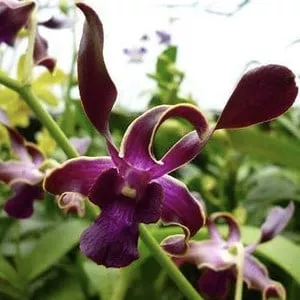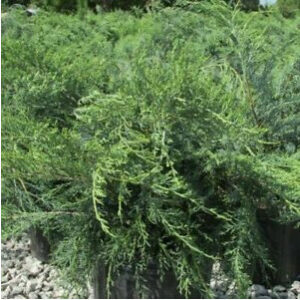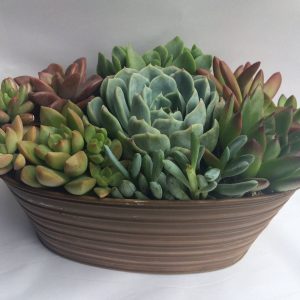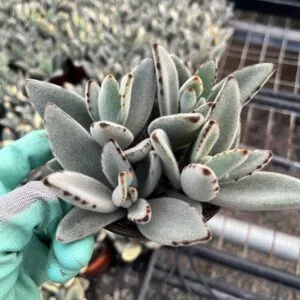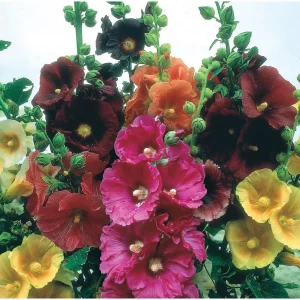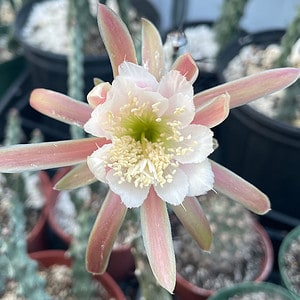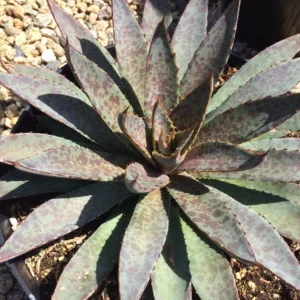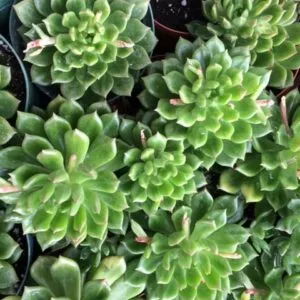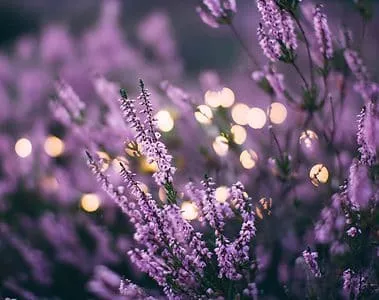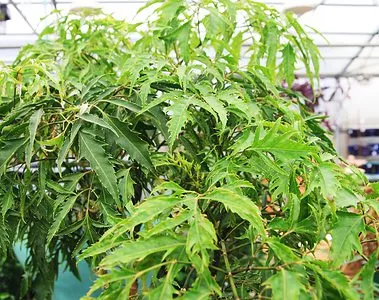No products in the cart.
Table of Contents
Japanese laurel, scientifically known as Aucuba japonica, is a low-maintenance, versatile evergreen shrub prized for its glossy, leathery leaves and ability to thrive in shade.
Its striking foliage and resilience to various growing conditions add year-round interest to gardens and landscapes.
Aucuba Japonica Care Guide Table
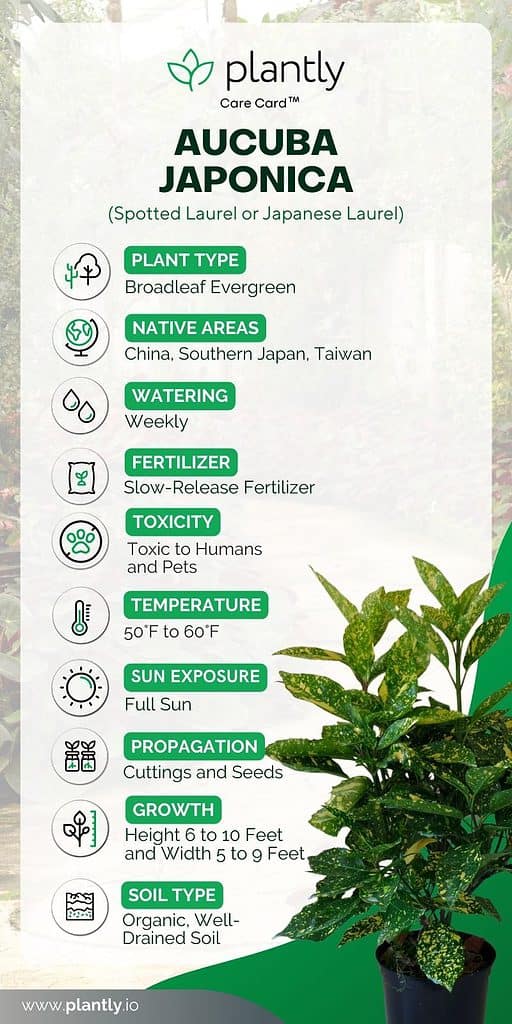
Japanese laurel grow slowly, but a mature one can reach heights from 6 to 15 feet in its natural habitat.
Aucuba Japonica Quick Care Guide
- Temperature and Humidity: Temperatures should range between 50°F to 80°F (10°C to 27°C) for optimal growth
- Well-Drained Soil: While the Gold Dust Aucuba is adaptable to various soil types, including clay, it thrives best in organic soils with good drainage.
- Shade: Opt for partial shade, but for vibrant leaf coloration, place the Aucuba Japonica in deep shade.
- Environmental Factors: Focus on providing suitable temperature, soil, and lighting conditions for successful cultivation, even for beginners.
- Propagation: Easily propagated through cuttings.
- Fertilizer: Use a fertilizer rich in iron and sulfur, with organic options being the most effective.
Japanese Laurel Plant Care
Lighting Condition
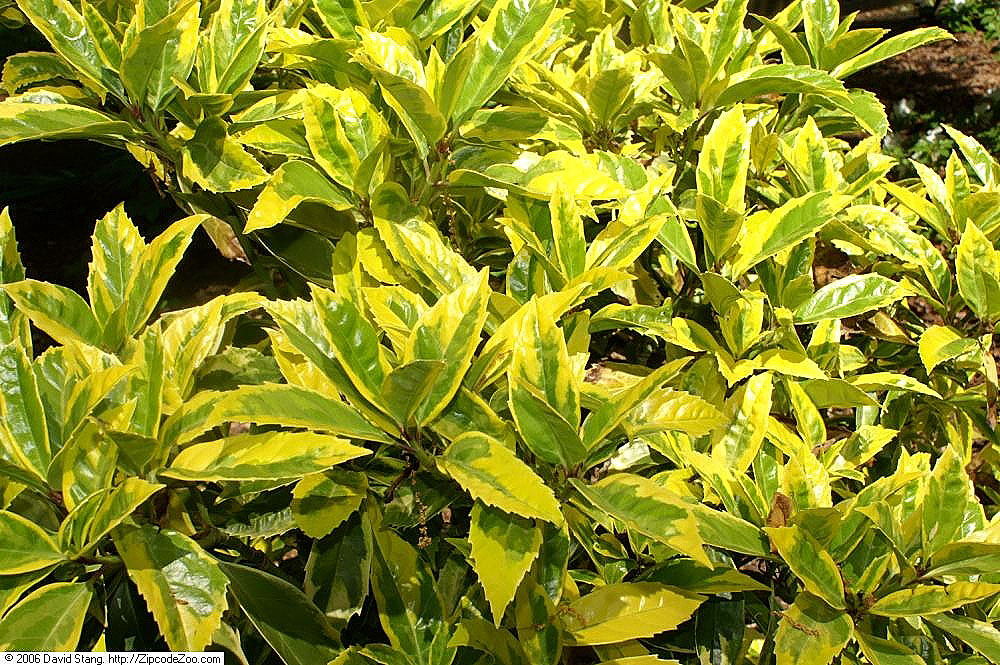
Japanese laurel thrives in partial to full shade conditions, making it suitable for areas with limited sunlight exposure. It can tolerate some direct sunlight but prefers filtered or indirect light to avoid leaf burn.
Place it near windows with sheer curtains or in bright, indirect light for optimal growth.
Water
Providing weekly water works just fine for your plants. If you live in an area with high aridity, you must water the plants more often to combat the lack of humidity.
Prioritize organic soil with reasonable draining capabilities to maintain adequate moisture and prevent the roots from getting soggy.
If you are unsure whether to water it, it is better to refrain from watering at that time. If your aucuba gold dust is placed in a container, water it less as growth is slowed.
Soil
This hardy evergreen shrub functions perfectly in almost anything you put it in, as long as it has a hole for drainage. The main benefit of potting shrubs, in general, is that they can be implemented anywhere.
Aucuba japonica resistance allows for sub-optimal conditions to be suitable for its growth.
Keep watering the plant occasionally, just enough to keep your soil moist. When winter comes knocking on your door, increase the time intervals.

You can use sand, chalk, and loam as they are well-drained, loamy, moist soils with organic matter. Pick soil that is slightly acidic or near neutral. If in doubt, commercially available mixes will do just nicely for your Aucuba.
It would be best to mulch your plants to keep a distance of 15 cm from the main stem.
During winter, applying a thick mulch over the exposed areas of the plant is worthwhile.
Potting and Repotting
When potting or repotting Japanese laurel, ensure the container has proper drainage holes and use a well-draining potting mix. Repotting may be necessary when the plant outgrows its current container or if the soil becomes compacted.
When transferring, gently loosen the roots and place the plant in its new container, ensuring it sits at the same depth. Water thoroughly after repotting and continue to provide appropriate care to promote healthy growth.
Repotting should be done every two years to allow the plant to grow. The size increase is usually just one size larger.
In stock In stock In stock In stock
Free Shipping
$34.99
Sold By:
Aloha Hawaii Orchids
Dendrobium Sea Breeze Comes in 3″ Pot
Rated 4.65 out of 5 based on 268 customer ratings00
Sold By:
Aloha Hawaii Orchids
$14.95
Sold By:
Wonka Plants
Alocasia “Black Velvet”
Rated 4.94 out of 5 based on 108 customer ratings00
Sold By:
Wonka Plants
$25.30
Sold By:
Carlo's Plant Farm
Parsoni Juniper | Carlo`s Plant Farm
Rated 5.00 out of 5 based on 22 customer ratings00
Sold By:
Carlo's Plant Farm
$56.99
Sold By:
Succulent Oasis
Large Succulent Arrangement in a Tan Oval Designed Tin.
Only 6 available and it’s in 1 people’s basket Rated 4.84 out of 5 based on 352 customer ratings00
Sold By:
Succulent Oasis
Temperature and Humidity
Japanese laurel, or Aucuba japonica, thrives in moderate temperatures and prefers environments with consistent humidity.
Ideally, temperatures should range between 50°F to 80°F (10°C to 27°C) for optimal growth. Also, maintaining relative humidity levels around 50% to 60% can help promote healthy foliage and plant vigor.
During colder months, it’s advisable to bring potted Japanese laurels indoors to protect them from frost and chilly winds.
Providing adequate ventilation while avoiding drafts can create a comfortable environment for this versatile evergreen shrub.
Propagating Japanese laurel
Propagating Japanese laurel is straightforward, with the plant easily rooting in water or rooting mediums. Cutting-grown plants maintain the genetic characteristics of the parent plant, flower faster, and offer practical advantages over seed propagation.
When harvesting cuttings, ensure tools are disinfected and choose the ideal time, preferably during spring, to promote successful rooting. Keep cuttings moist to prevent dehydration, and consider using a soil mix for optimal root development rather than water alone.
Avoid direct sunlight, maintain adequate moisture, and nurture the young plant until it establishes roots in the new soil.
Fertilizer
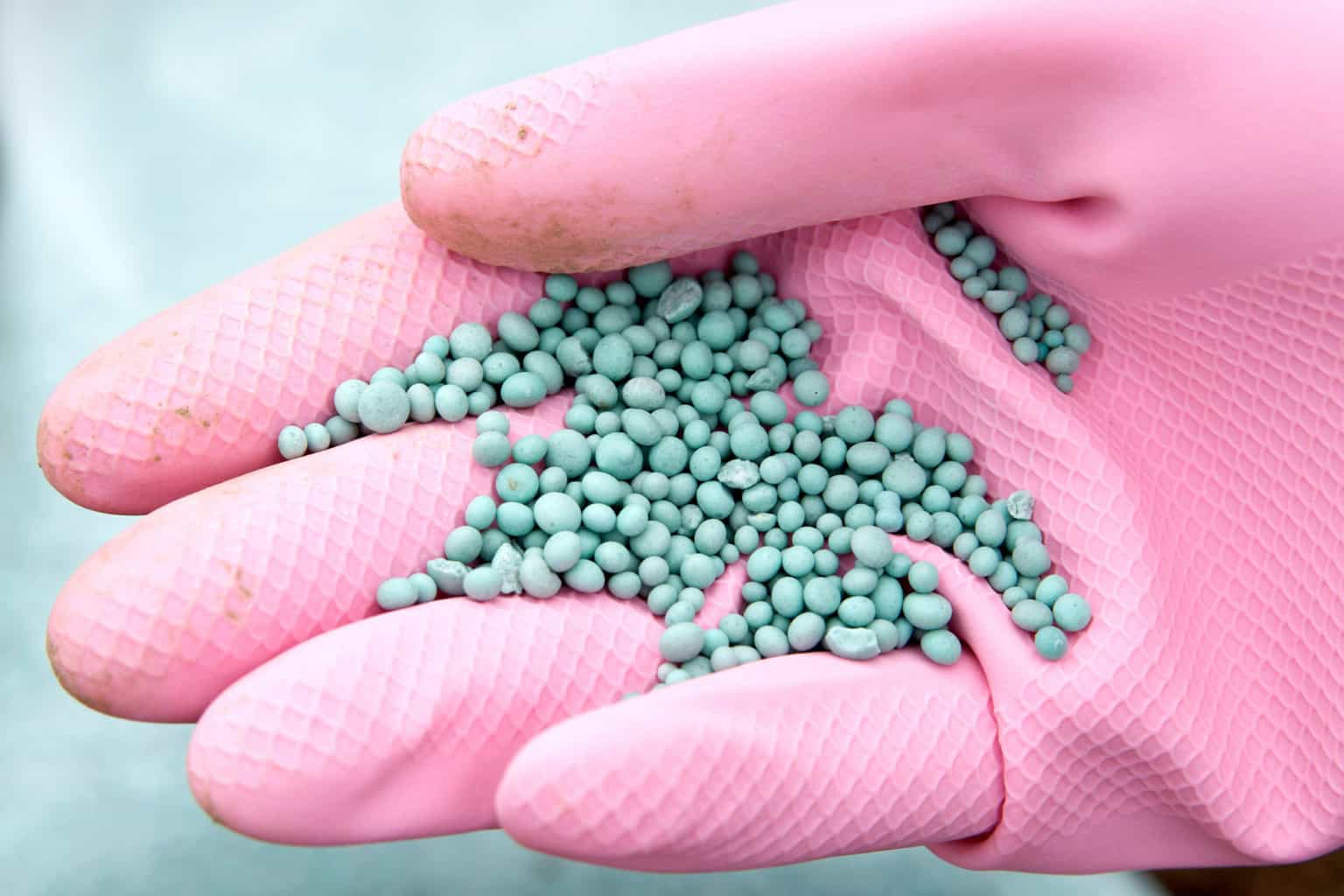
Opt for fertilizers rich in iron and sulfur for Aucuba plants to support their growth. Monitor foliage for signs of chlorosis, indicating potential high soil pH; adjust acidity with suitable products for improved plant health.
Apply water-soluble or slow-release fertilizers, following instructions carefully, and distribute them sparingly beyond the drip line, accounting for the plant’s size.
Pruning Japanese laurel
Trimming is optional for Aucuba Japonica due to its slow growth, but it can help maintain the desired shape and size. Prune broadleaf evergreens like Aucuba in spring, avoiding fertilization to prevent wasted growth. Use sterile tools for straight cuts; hand pruners effectively remove excess growth and reduce height.
For rejuvenation pruning, trim back 6-12 inches above the ground during late winter while the plant is dormant. Though some shrubs may not recover, rejuvenation pruning offers a chance to revive old or ailing plants, often leading to restored health and vitality.
Japanese laurel Varieties
Gold Dust
The Gold Dust, a Japanese laurel variety, is characterized by its glossy green leaves dotted with bright yellow spots resembling flecks of gold. This striking contrast adds visual interest to gardens and landscapes, making it a popular choice for ornamental planting.
Nana
Nana Japanese laurel is a compact variety with dense foliage, making it ideal for small spaces or container gardening. Its smaller size and rounded form make it versatile for adding texture and greenery to indoor or outdoor settings.
In stock In stock In stock In stock
$9.00
Sold By:
Cacti and Exotica
Kalanchoe tomentosa—Panda Plant
Rated 4.98 out of 5 based on 59 customer ratings00
Sold By:
Cacti and Exotica
Free Shipping
$9.59
Sold By:
CZ Grain
Giant Danish Holyhock Seeds
Only 886 available and it’s in 1 people’s basket Rated 4.60 out of 5 based on 156 customer ratings00
Sold By:
CZ Grain
$19.95
Sold By:
Orchid Stuff Plus
$24.95A beautiful Royal Palm in a 4 inch pot.
Only 1 available and it’s in 1 people’s basket Rated 5.00 out of 5 based on 1 customer rating00
Sold By:
Orchid Stuff Plus
$18.00
Sold By:
Beauties & Beasts
Cactus – Monvillea spegazzinii
Only 2 available and it’s in 1 people’s basket Rated 4.83 out of 5 based on 24 customer ratings00
Sold By:
Beauties & Beasts
Crotonifolia
With its bold and vibrant foliage, the Crotonifolia Japanese laurel variety stands out for its large, glossy leaves splashed with shades of green, gold, and cream. This eye-catching contrast adds a dramatic touch to gardens and borders or serves as a focal point in landscaping.
Goldieana
The Goldieana Japanese laurel variety features broad, ovate leaves with golden-yellow margins, creating a striking border around deep green centers. This variegated foliage adds color and texture to gardens, lending elegance and charm to any landscape design.
Japanese Laurel Pest Management
While variegated bushes like the Japanese laurel are generally resilient, they may occasionally face pest intrusions, including scale, nematodes, spittlebugs, and spider mites.
Although these pests are typically more of a nuisance than a serious threat to the plant’s health, they should still be addressed promptly.
A solution to combat these pests involves treating the affected plant with insecticidal oil or pesticides. This treatment method effectively eliminates the pests and restores the plant’s health.
Regular monitoring and early intervention can help prevent pest infestations and maintain the vitality of the Japanese laurel.
Frequently Asked Questions
Aucuba prefers partial to full shade, although it can tolerate some direct sunlight. Providing filtered or indirect light helps prevent leaf burn and promotes healthy growth.
Aucuba typically grows to clump and does not spread aggressively like some ground-covering plants. However, it can gradually expand its size over time as it produces new shoots and foliage.
Regular pruning can help control its growth and maintain its desired shape and size.
Aucuba leaves turning black can be due to various factors, including fungal diseases like sooty mold or leaf spot, overwatering leading to root rot, or extreme cold or frost exposure. Excessive sun exposure or improper watering practices can also contribute to leaf discoloration. Diagnosing the specific cause and addressing it promptly is essential to prevent further damage and promote the plant’s health.
Aucuba pairs well with shade-loving plants such as hostas, ferns, heuchera, Japanese forest grass, tiarella, and hellebores, creating an attractive and diverse garden setting.
Whether you want to buy, sell, or reach out to other plant enthusiasts, Plantly is the right place to be!
-
$65.99Sold By: Succulent Oasis
Only 1 left in stock
Succulent Plant Mangave Bloodspot
Rated 4.84 out of 5 based on 352 customer ratings02Sold By: Succulent Oasis -
Free Shipping$15.99Sold By: Gar-Zen Botanical Design
In stock (can be backordered)
Rare Tradescantia Bunny Bellies Ship Free.
Only 8 available and it’s in 1 people’s basketRated 4.86 out of 5 based on 49 customer ratings00Sold By: Gar-Zen Botanical Design -
$4.50Sold By: Cacti and Exotica
In stock
Echeveria—Perle von Nurnberg
Rated 4.98 out of 5 based on 59 customer ratings00Sold By: Cacti and Exotica -
$9.99Sold By: Succulent Oasis
In stock
Medium Succulent Plant – Echeveria Sleepy Rich Green Rosette
Rated 4.84 out of 5 based on 352 customer ratings02Sold By: Succulent Oasis
